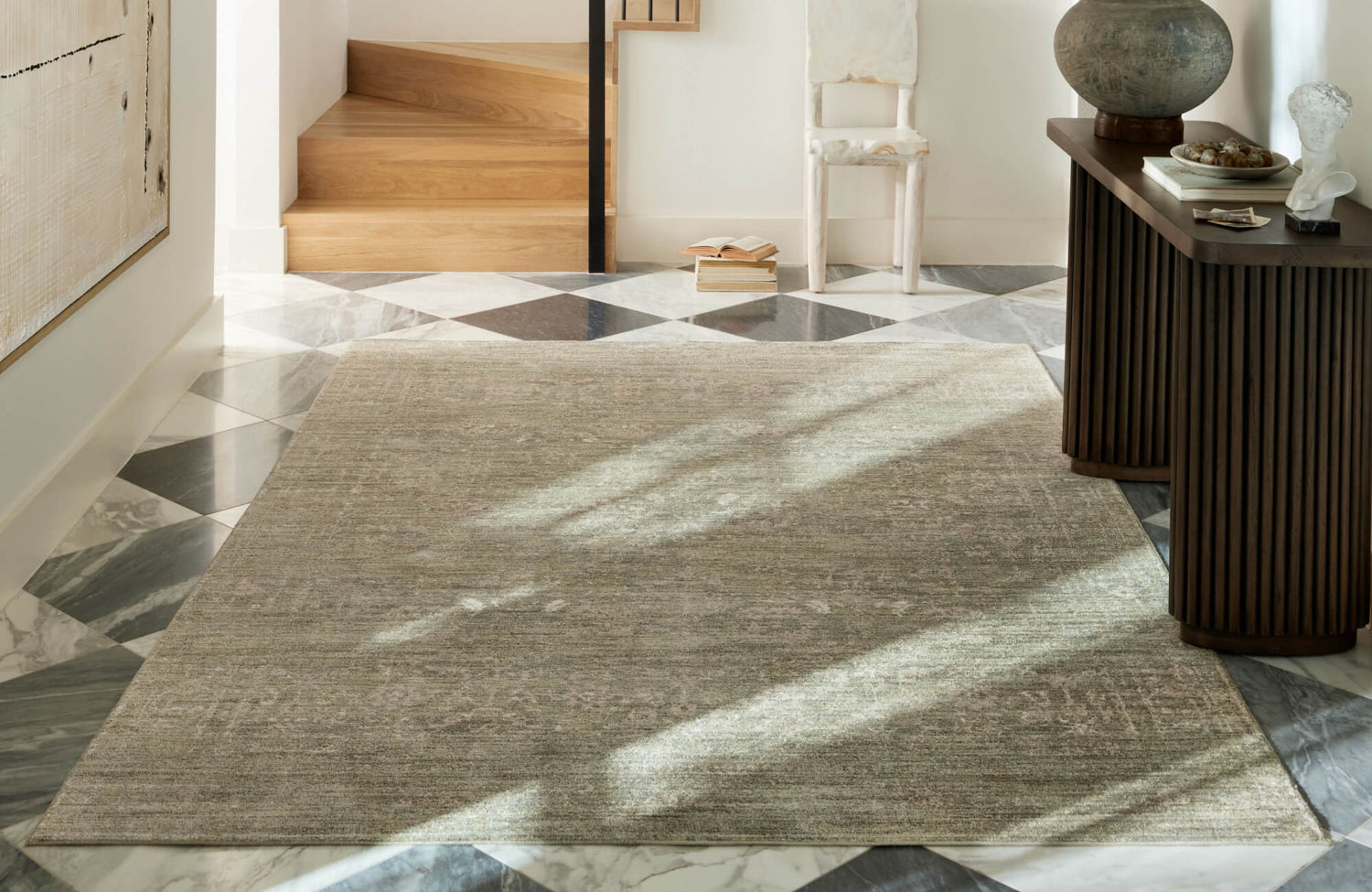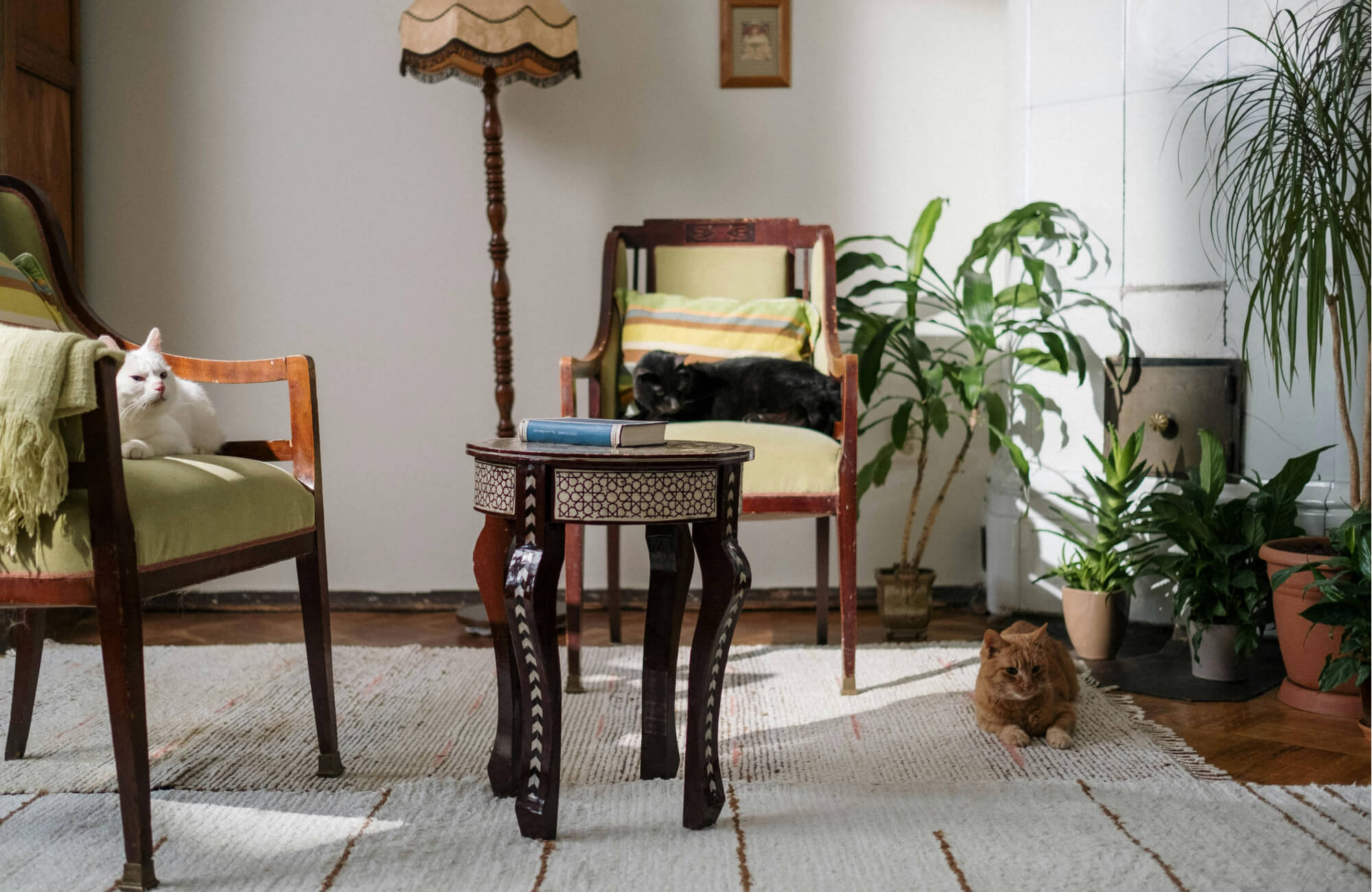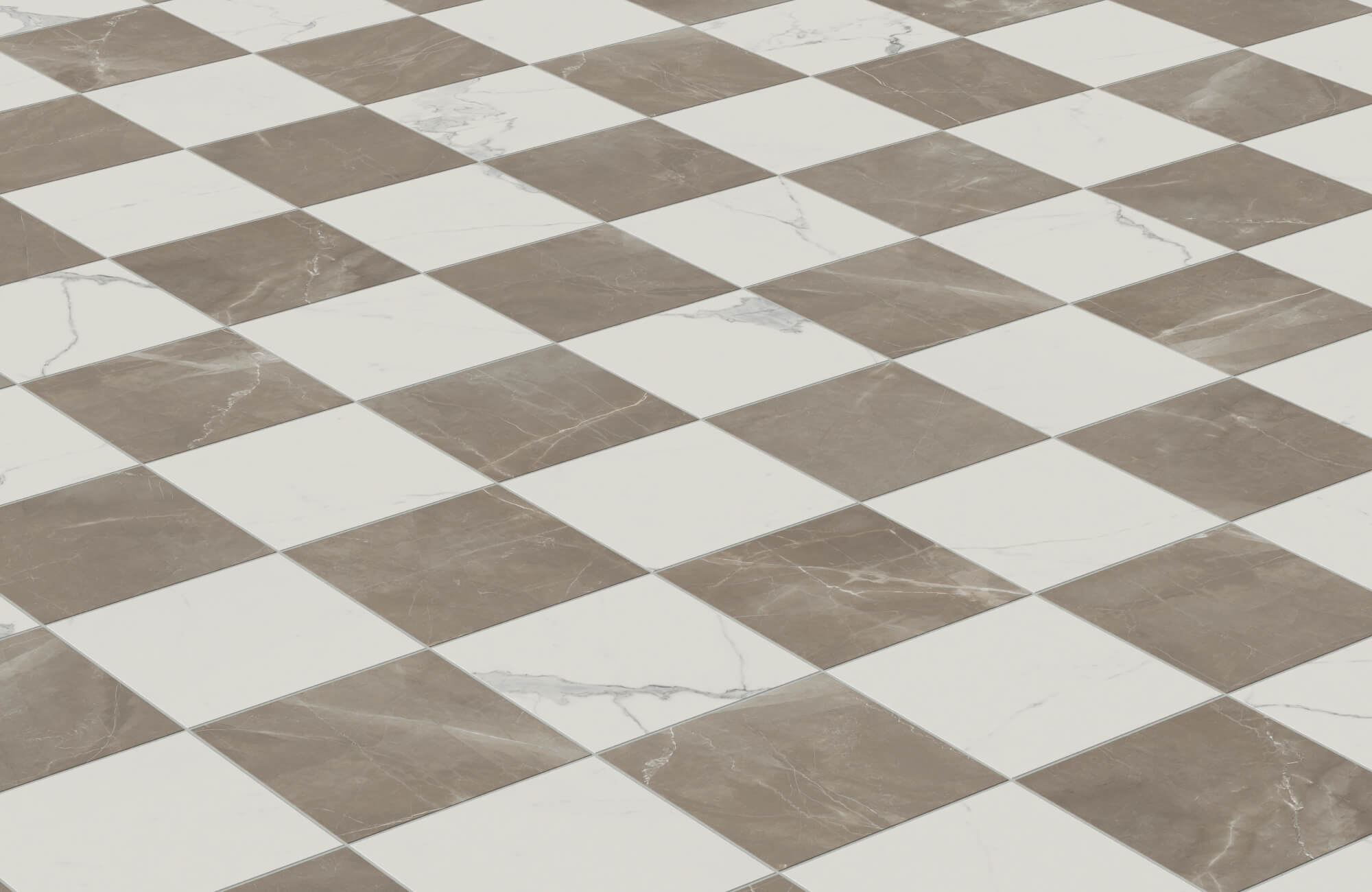Have you ever wondered what the best material is for a rug in your home? With so many options available, it can be challenging to decide. One material that has gained widespread popularity is polypropylene. This synthetic fiber is commonly used in rugs for both indoor and outdoor spaces due to its affordability, durability, and resistance to stains. In this article, we will explore polypropylene rugs in detail, examining their characteristics, advantages, and potential drawbacks. By the end, you’ll have a clear understanding of whether polypropylene is the right rug material for your needs.
What Are Polypropylene Rugs?
Polypropylene rugs are crafted from synthetic fibers derived from plastic, specifically as a byproduct of oil and natural gas refinement. Despite their synthetic origin, these rugs are often soft to the touch and visually appealing, making them a popular alternative to natural fiber options like wool or jute. They are even designed to replicate the look and texture of natural materials while offering additional advantages such as moisture resistance, stain resistance, and affordability.
The production process begins with polymerization, where small molecules are chemically bonded to form long polymer chains that become polypropylene fibers. These fibers are then spun into yarn, dyed, and either woven or tufted into rug form. One notable benefit of polypropylene rugs is their excellent color retention. Because the fibers are solution dyed, meaning the color is embedded throughout the entire fiber rather than applied only to the surface, the result is rich, vibrant hues that are highly resistant to fading. This makes polypropylene rugs not only practical but also visually durable, maintaining their appearance over time even in sunlit or high-use areas.

Affordability and Cost Comparison
One of the biggest reasons homeowners choose polypropylene rugs is their affordability. Compared to natural fiber rugs like wool, jute, or silk, polypropylene rugs are significantly more budget-friendly.
Why Are Polypropylene Rugs So Affordable?
The lower cost of polypropylene rugs stems from the relatively inexpensive raw materials and the efficient manufacturing processes involved in their production. Unlike natural fibers that require specific growing conditions, harvesting, and processing, polypropylene is a synthetic material derived from readily available resources. This translates to lower production costs, which are then passed on to the consumer. If you're looking for a rug that offers good value without compromising too much on quality and style, polypropylene is definitely worth considering.
How Do Polypropylene Rugs Compare to Other Rug Materials?
When you compare polypropylene rugs to those made of wool, silk, or even high-quality nylon, the difference in price can be quite substantial.
|
Rug Material |
Average Cost |
Durability |
Ease of Maintenance |
Stain Resistance |
|
Wool |
High ($$$) |
Excellent |
Moderate |
Moderate |
|
Cotton |
Moderate ($$) |
Fair |
High |
Low |
|
Jute/Sisal |
Moderate ($$) |
Good |
Low |
Low |
|
Polypropylene |
Low ($) |
Good |
High |
High |
For budget-conscious shoppers, polypropylene rugs offer excellent value, allowing you to purchase larger or multiple rugs for the same price as a single high-end wool or silk rug.

Design Flexibility and Aesthetic Appeal
In addition to affordability, polypropylene rugs offer a vast range of design options. Their synthetic nature allows manufacturers to create diverse styles, patterns, and textures. Whether your decor leans traditional, modern, or bohemian, there's a polypropylene rug to match your vision. You may see them come in classic Persian and Oriental patterns that offer an elegant, timeless appeal, or in geometric and abstract designs that provide a bold, modern touch. For instance, Edward Martin’s Broderick Polypropylene Pile Rug in Oat / Iron, shown in the photo above, blends a neutral palette with a subtle pattern that complements both contemporary and transitional interiors, offering a perfect example of how stylish and functional these rugs can be.
In addition to visual variety, many polypropylene rugs are specifically designed to replicate the look and feel of natural fibers. Thanks to advancements in textile manufacturing, these rugs can closely resemble materials like jute, sisal, or wool. Through the use of textured weaves and blended yarns, manufacturers have created polypropylene rugs that capture the warmth and character of natural fiber rugs, without the added cost or upkeep. This ability to combine aesthetic appeal with practicality ensures that polypropylene rugs can enhance virtually any space in your home.

Stain Resistance and Easy Cleaning
One of the standout features of polypropylene rugs is their ability to resist stains, making them especially well-suited for homes with children, pets, or frequent spills. Unlike natural fiber rugs, which tend to absorb liquids, polypropylene fibers are non-porous and hydrophobic. This means that when a spill occurs, the liquid remains on the surface rather than soaking into the fibers, giving you valuable time to clean it up before it causes any lasting damage.
To maintain the stain-resistant quality of a polypropylene rug, it's important to blot spills immediately using a clean, dry cloth to prevent the liquid from spreading. For tougher stains, a mild soap mixed with lukewarm water can be used to gently clean the affected area—harsh chemicals should be avoided, as they may degrade the fibers over time. Regular vacuuming is also recommended to prevent dirt and debris from settling into the rug's surface. Additionally, because polypropylene does not absorb water, excessive soaking should be avoided to prevent mold or mildew growth, especially if the rug is not dried thoroughly.
These low-maintenance cleaning routines, combined with the material's natural stain resistance, make polypropylene rugs a practical and reliable choice for active households where spills and messes are part of daily life.

Durability and Longevity
A good rug should be able to withstand daily wear and tear, and while polypropylene rugs may not be as durable as wool or nylon, they offer impressive longevity for their price. Their resilience makes them a practical choice for frequently used areas such as living rooms, hallways, and entryways, where maintaining a rug’s appearance over time is important. Also, their moisture-resistant properties make them well-suited for outdoor spaces like patios and decks, where exposure to the elements can be a concern. While polypropylene is not as strong as nylon, which offers greater resistance to crushing and matting, it still performs well in everyday use, especially when properly maintained. This balance of durability, affordability, and ease of care makes polypropylene rugs a reliable option for both indoor and outdoor settings.

The Comfort and Feel Underfoot
When choosing a rug, comfort is just as important as durability and design. While polypropylene rugs may not be as plush as wool, they can still provide a soft and cozy surface, making them a comfortable choice for various living spaces. The level of comfort largely depends on several key factors, including pile height, weave density, and padding.
Rugs with a thicker pile tend to feel softer underfoot, though they may require more maintenance to keep their fibers looking fresh. Higher weave density also contributes to a more luxurious texture, as tightly woven fibers create a cushioned and supportive feel. Additionally, using a rug pad underneath enhances overall comfort while also preventing slipping and shifting.
Although polypropylene may not match the natural softness of wool or silk, advancements in manufacturing have significantly improved its texture. Many modern polypropylene rugs, like the McGowan Polyester & Polypropylene Pile Rug in Cream / Desert (refer to the photo above), are crafted to deliver a plush, inviting feel, making them a practical and budget-friendly option for those seeking both comfort and durability.
Health and Environmental Considerations
As homeowners become more conscious of health and environmental impacts, polypropylene rugs offer some notable advantages.
Low VOC Emission
One notable benefit of polypropylene rugs is their relatively low emission of volatile organic compounds (VOCs). VOCs are chemicals that can be released into the air and may have potential health implications. Compared to other synthetic materials, polypropylene is considered to have lower off-gassing, especially after the initial airing-out period. This can be a significant advantage for individuals sensitive to chemical odors or those concerned about indoor air quality in their homes.
Eco-Friendly
Polypropylene is derived from petroleum, a non-renewable resource, but the industry is developing more sustainable options. Rugs made from recycled polypropylene repurpose plastic waste, such as bottles and other post-consumer materials, keeping them out of landfills. Choosing recycled polypropylene rugs helps reduce plastic waste and environmental impact. Compared to natural fiber rugs that require large amounts of water and land to produce, polypropylene, especially recycled versions, can also have a lower overall environmental footprint.
Hypoallergenic
For individuals with allergies, the choice of flooring and rugs can directly affect their well-being. Polypropylene's moisture resistance makes it a suitable option for those sensitive to allergens. Unlike natural fibers that absorb and trap moisture—creating conditions for mold, mildew, and dust mites—polypropylene resists moisture, reducing the chance of these allergens developing. Polypropylene fibers are also non-shedding, so they don't release particles into the air that could trigger allergic reactions. These features make polypropylene rugs a practical choice for maintaining a cleaner, more allergy-friendly environment.
Is Polypropylene the Right Choice?
Polypropylene rugs are an excellent option for those seeking affordability, durability, and ease of maintenance. Their stain resistance, design variety, and versatility make them a practical solution for busy areas, outdoor spaces, and budget-conscious shoppers.
Although they are susceptible to heat and potential static buildup, if you're looking for a cost-effective, low-maintenance rug with a wide range of design options, polypropylene is definitely worth considering.
Frequently Asked Questions
Prospective buyers often have other specific questions regarding the practical aspects of choosing a polypropylene rug. Below, we’ll address these concerns to help you in making a well-informed decision.
1. Can heat damage polypropylene rugs?
Yes. Polypropylene has a low melting point (130°C-171°C / 266°F-340°F). Avoid placing it near open flames, high-heat appliances, or under direct sunlight for prolonged periods, as excessive heat can cause the fibers to melt or warp.
2. Do polypropylene rugs cause static electricity?
In dry environments, polypropylene can generate static electricity. To reduce static buildup, use anti-static sprays or increase room humidity.
3. Are polypropylene rugs just cheap alternatives?
While they are budget-friendly, polypropylene rugs are not necessarily "cheap" in quality. They offer excellent stain resistance, durability, and aesthetic appeal, making them a practical choice for many households.
4. Are polypropylene rugs safe for pets and children?
Yes, polypropylene rugs are generally safe for both pets and children. They are hypoallergenic and do not harbor allergens like dust mites or mold, making them a suitable choice for sensitive households. Additionally, their stain resistance and easy-to-clean nature make them ideal for high-activity areas.
5. Can polypropylene rugs be used outdoors year-round?
Yes, many polypropylene rugs are made for indoor and outdoor use because they resist moisture, UV rays, and mildew. However, for year-round outdoor placement, especially in areas with heavy rain or snow, it's best to use the rug in a covered or well-drained space. Regular cleaning and occasional rotation can also help preserve its appearance and extend its lifespan.










